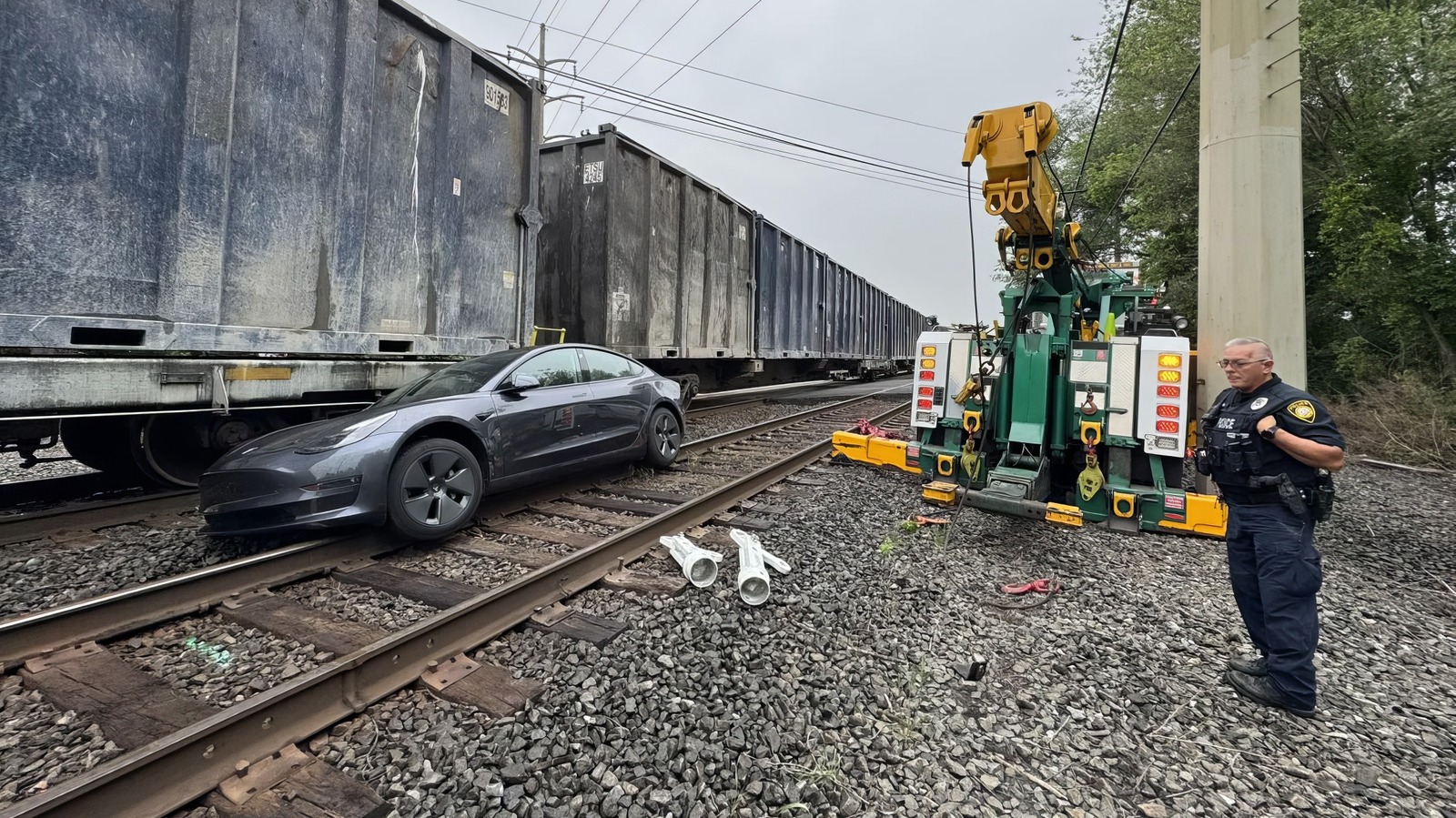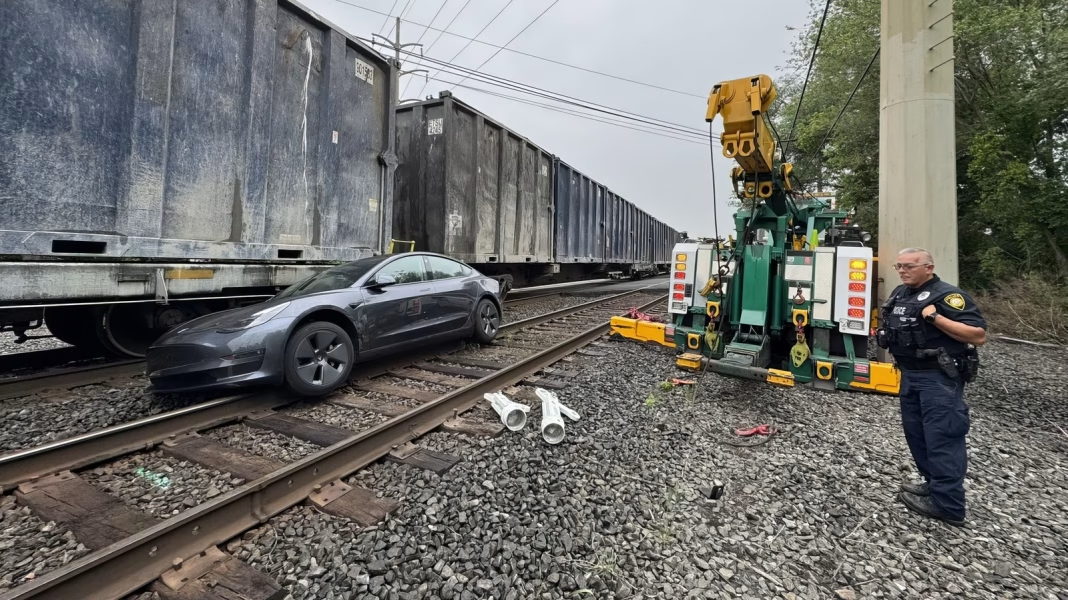What Happened When a Car Was Clipped by a Train Due to a Self-Driving Fault?
Imagine driving along, trusting your car’s advanced self-driving system, only to find yourself in a situation where technology misses a critical cue. That’s exactly what happened recently when a vehicle, operating under a full self-driving feature, failed to stop at a railroad crossing and was clipped by a train. It’s a scenario that raises eyebrows—and important questions—about the reliability of autonomous driving tech.
How Could a Self-Driving System Miss a Railroad Crossing?
Self-driving cars rely on a complex mix of cameras, radar, and software algorithms to interpret the world. They’re designed to recognize stop signs, traffic lights, and, yes, railroad crossings. But the reality is, these systems are still learning. In this incident, the car’s sensors and software didn’t register the crossing in time, leading to a near-miss that could have been much worse.
Why does this happen? Sometimes, environmental factors like poor lighting, weather, or even unusual signage can confuse the system. In other cases, the software might not have enough real-world examples in its training data to handle every possible crossing scenario. According to a 2023 report from the National Highway Traffic Safety Administration (NHTSA), edge cases—rare or unusual situations—remain a significant challenge for autonomous vehicles.
What Are the Real-World Risks for Drivers?
For most drivers, the idea of a car that can handle everything is appealing. But incidents like this are a reminder that self-driving tech isn’t infallible. The stakes are high: a train crossing is not a place for hesitation or error. Even a momentary lapse can have serious consequences.
It’s not just about the technology, either. Human drivers are still expected to remain alert and ready to take over. Yet, studies from the Insurance Institute for Highway Safety (IIHS) show that drivers often become complacent when automation is in control, reacting more slowly in emergencies. The result? A dangerous gap between expectation and reality.
What Are Automakers and Regulators Doing About It?
Automakers are well aware of these limitations. In response to incidents like this, many companies are rolling out over-the-air software updates to improve detection of railroad crossings and other tricky scenarios. Some are even partnering with rail authorities to access real-time crossing data, aiming to give vehicles an extra layer of awareness.
Regulators are stepping up, too. The NHTSA has launched investigations into several self-driving system failures, pushing for stricter standards and more transparent reporting. There’s a growing consensus that while innovation is exciting, safety must come first.
Can Drivers Do Anything to Stay Safer with Self-Driving Features?
Absolutely. The best advice? Treat self-driving features as advanced driver assistance—not a replacement for your own judgment. Keep your hands near the wheel, your eyes on the road, and be ready to intervene at a moment’s notice. If you’re approaching a railroad crossing, double-check that your car is responding appropriately. Don’t assume the tech will catch everything.
It’s also smart to stay updated on recalls and software updates for your vehicle. Automakers often release improvements that address known issues, so keeping your system current can make a real difference.
What’s the Future for Self-Driving Cars After Incidents Like This?
Every incident like this is a wake-up call for the industry. It highlights the need for better data, smarter algorithms, and more robust testing in real-world conditions. Some experts predict that within the next few years, we’ll see significant leaps in how well self-driving cars handle complex scenarios like railroad crossings. But until then, a healthy dose of skepticism—and personal responsibility—remains essential.
The big takeaway? Self-driving technology isn’t about perfection—it’s about smarter adjustments. Start with one change this week, and you’ll likely spot the difference by month’s end. Stay alert, stay informed, and remember: even the smartest car on the road still needs a smart driver behind the wheel.


